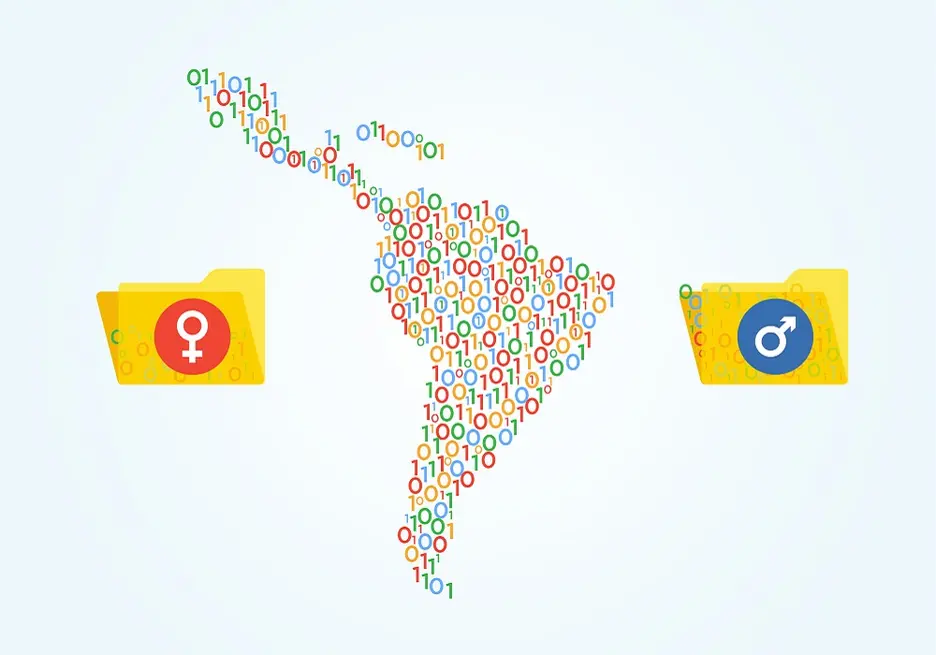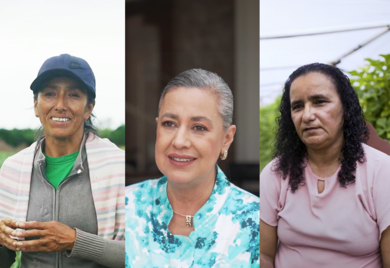How to mainstream impact investing?

There are debates whether we could include in this group philanthropy and other grant-making organizations as well as those who seek to make or beat market returns. Most seem to believe there is need and/or room for both along what the GIIN described as the Impact Investing Continuum. There are also questions of whether an organization’s sole purpose has to be social and/or environmental returns to merit funding from Impact Investors, or whether a by-product of a company’s operations being socially and/or environmentally positive.
Sarona Asset Management's Gerhard Pries told us yesterday that this impact discussion happened in his own shop: is it where a company's product or service has social and/or environmental benefits or where the way a company delivers its product or service creates positive social and/or environmental benefits. Gerhard believes both. I think that, while there are some differences in the precise definitions of Impact Investing from one investor to the other, they all seem to be similar, and we may not ever have 100% convergence. Even within traditional investing, fund managers have different definitions from one another. Definitions of emerging markets, small cap, large cap, etc., vary from one investor to another – so why would we expect anything different of the Impact Investing?
The question of bringing Impact Investing to more mainstream and traditional investors may be a bit more complicated. Participants at the Forum questioned if an investment needs an innovative angle to attract impact investors. Innovative models attract interest and attention, but they are often difficult to take through the test phase to prove readiness for market investments. Is the answer then more accelerators? More work on ecosystems?
This is where Development Finance Institutions (DFI’s) like the IDB play a unique role in having public sector policy makers, sector specialists (in health, education, water, etc.) and private sector areas under one roof. However, these programs and changes can be slow and may not be enough. The industry will continue to need more work in these areas, from both public and private entities, but this alone cannot be the answer to prepare this space for the estimated trillions that could be knocking at its door. Is it more awareness of Impact Investing and its opportunities? The GIIN has tirelessly promoted Impact Investing since 2009. Organizations like Mission Markets, Nexii, and Investing for Good are trying to help to connect investors with opportunities.
Is it better transparency in the measuring of impact and standardization of taxonomy? For many of the investors on the brink of jumping into impact, this could help push them over the edge, and it could also help promote Impact Investing to new investors. However, it is still to be seen “if we build it, will they come.” Perhaps to open the flood gates and bring Impact Investing more mainstream, we just need to focus on the financial returns and allow the impact to be an added benefit? As discussed at the conference, sometimes the business suits of mainstream investing view Impact Investors touting the Impact card as tree-hugging granola eaters that aren’t real bankers. Gerhard from Sarona pointed out that in their portfolio, the financially successful companies had stronger social impact than the ones derived with stronger social goals.
*Kristin Dacey is a Senior Investment Officer covering health and education sectors for the Structured and Corporate Finance Department of the Inter-American Development Bank (IDB). Prior to her current role, Kristin spent over 4 years mobilizing private-sector money into private-sector IDB projects where she closed the first multilateral development bank syndication with impact investors in 2009. For more information please write [email protected]
LIKE WHAT YOU JUST READ?
Subscribe to our mailing list to stay informed on the latest IDB Invest news, blog posts, upcoming events, and to learn more about specific areas of interest.
Subscribe



